Child trafficking is a problem in the U.S. that includes labor trafficking and sex trafficking. The National Human Trafficking Hotline received 162 reports of child labor trafficking in 2020 and 2,145 reports of child sex trafficking (NHTH, 2021). During 2019, 877 children experienced child sex trafficking that was deemed founded by child protective services in 29 U.S. states (Chon, 2022). Fewer of those affected are male (11%). One half of these children who experienced sex trafficking had a founded case of another form of maltreatment.
Children who experience trafficking often experience physical abuse and injury and are susceptible to sexually transmitted infections, PTSD, anxiety, and depression (Deshpande and Nour, 2013). Though this harm is preventable, primary prevention of child trafficking is not widespread and is in the developmental phase. The first global report on a framework for primary prevention of child trafficking was published in 2022 ( Jaffee, et al.). Experts in the field suggest a public health approach, because it is very difficult to assess which child(ren) will be at risk. Also, a social ecological approach that focuses attention not only on the individual level, but also on the relationship, community, and societal level has been recommended (Alpert and Chin, 2017).
With these recommendations in mind, Prevent Child Abuse Vermont, (PCAVT) is currently fine tuning and preparing to pilot and evaluate the CARE Program (Child Anti-trafficking Resources and Education). The program is for 7th to 12th grade students, staff of their schools, and their caregivers. The precepts of the program are that students and the adults in their lives can learn the risk factors that relate to labor or sex trafficking of children and can learn the skills to seek protective factors shown in research to work.
PCAVT is seeking partners who would like to pilot the training in their state. PCAVT has the expertise in decades of development of primary prevention of child sexual abuse and the infrastructure to evaluate it. If you are interested in hosting a pilot site, please email Marcie Hambrick, mhambrick@pcavt.org.
References
Alpert, E. J., & Chin, S. E. (2017). Human trafficking: Perspectives on prevention. Human trafficking is a public health issue: A paradigm expansion in the United States, 379-400.
National Human Trafficking Hotline (2021). National Human Trafficking Hotline Data Report 1/1/2020 to 12/31/2020. Retrieved on May 31, 2023 from https://humantraffickinghotline.org/sites/default/files/National%20Report%20For%202020.pdf

